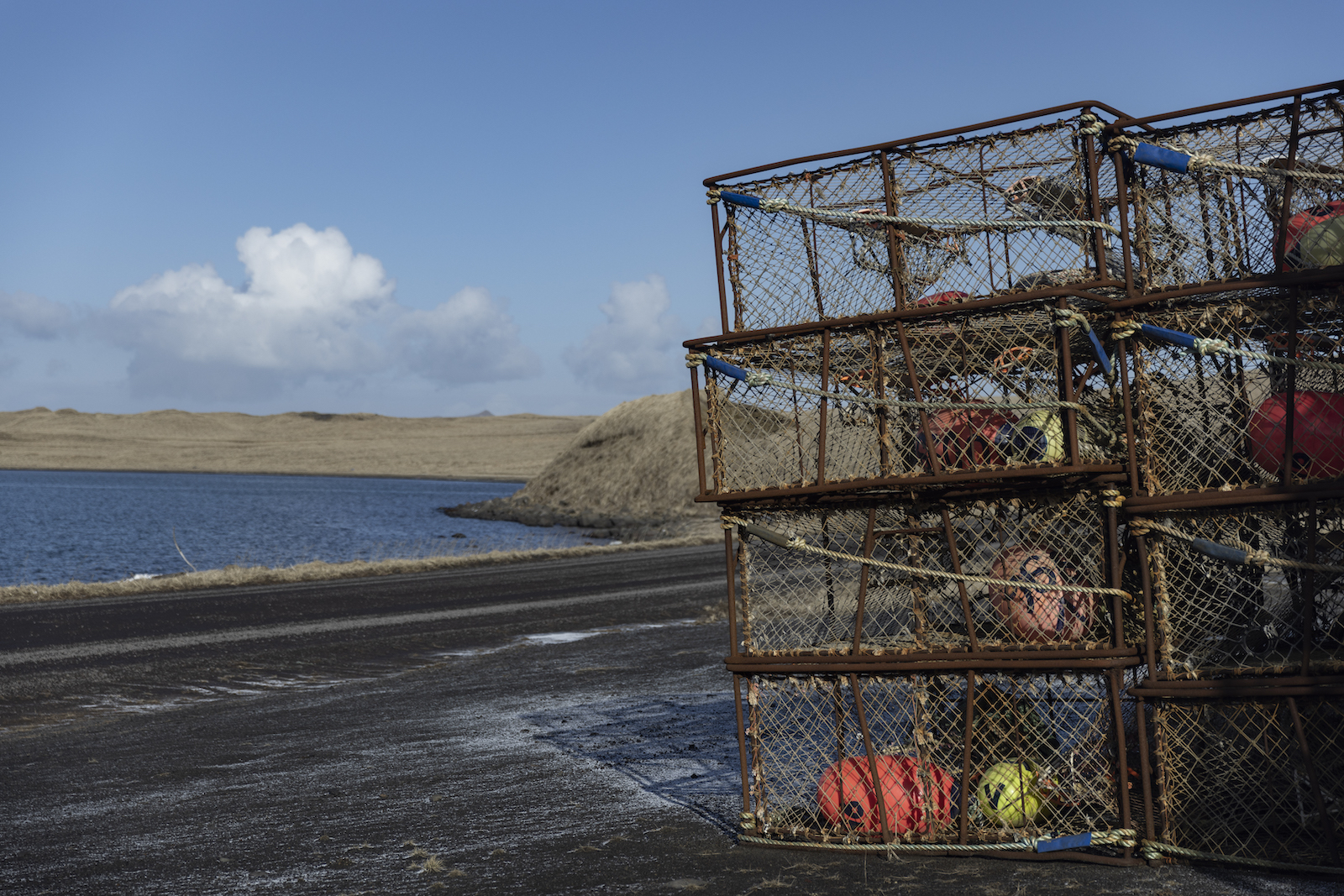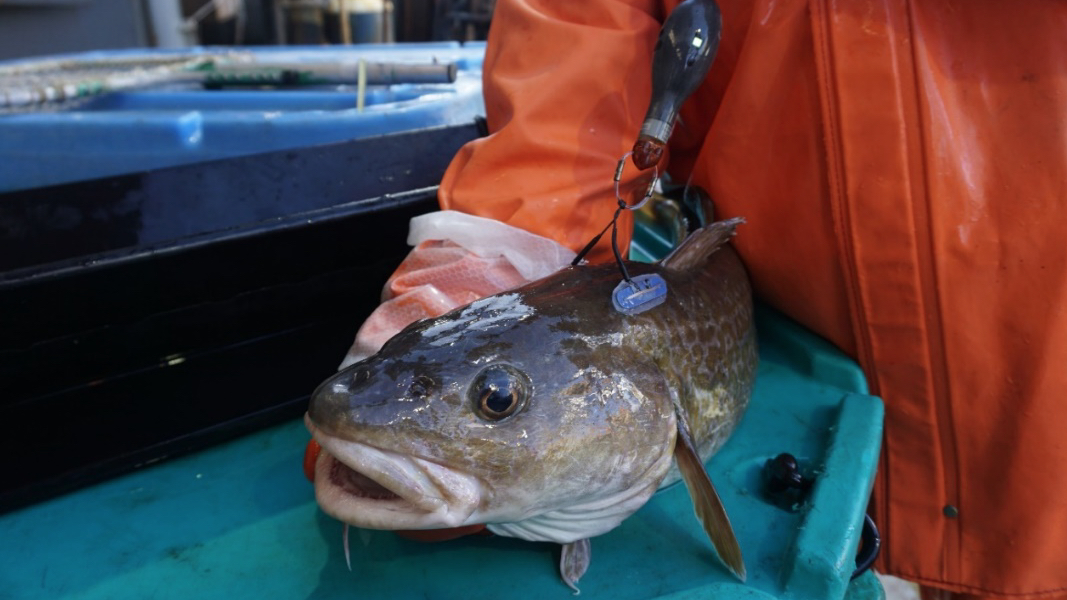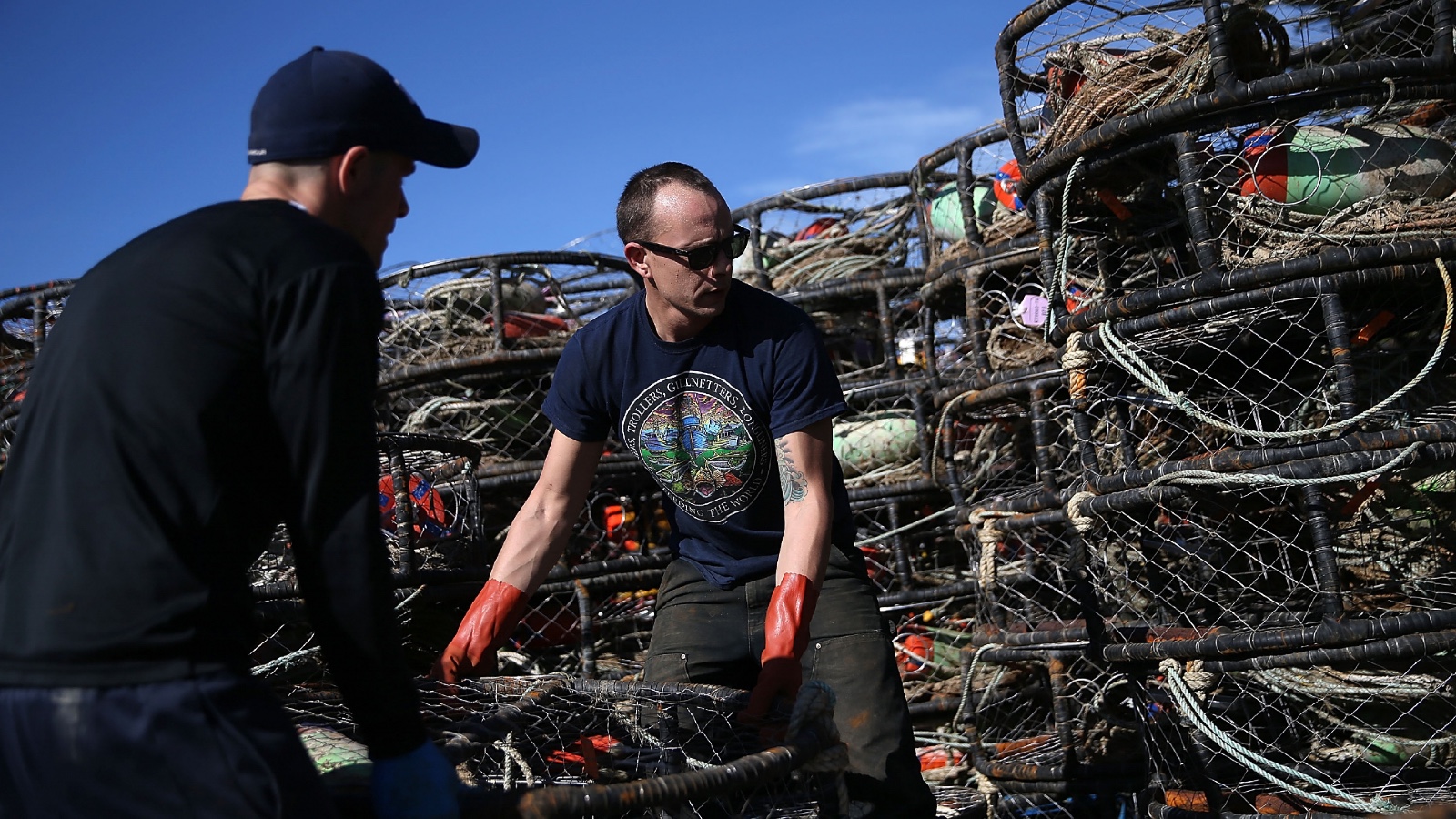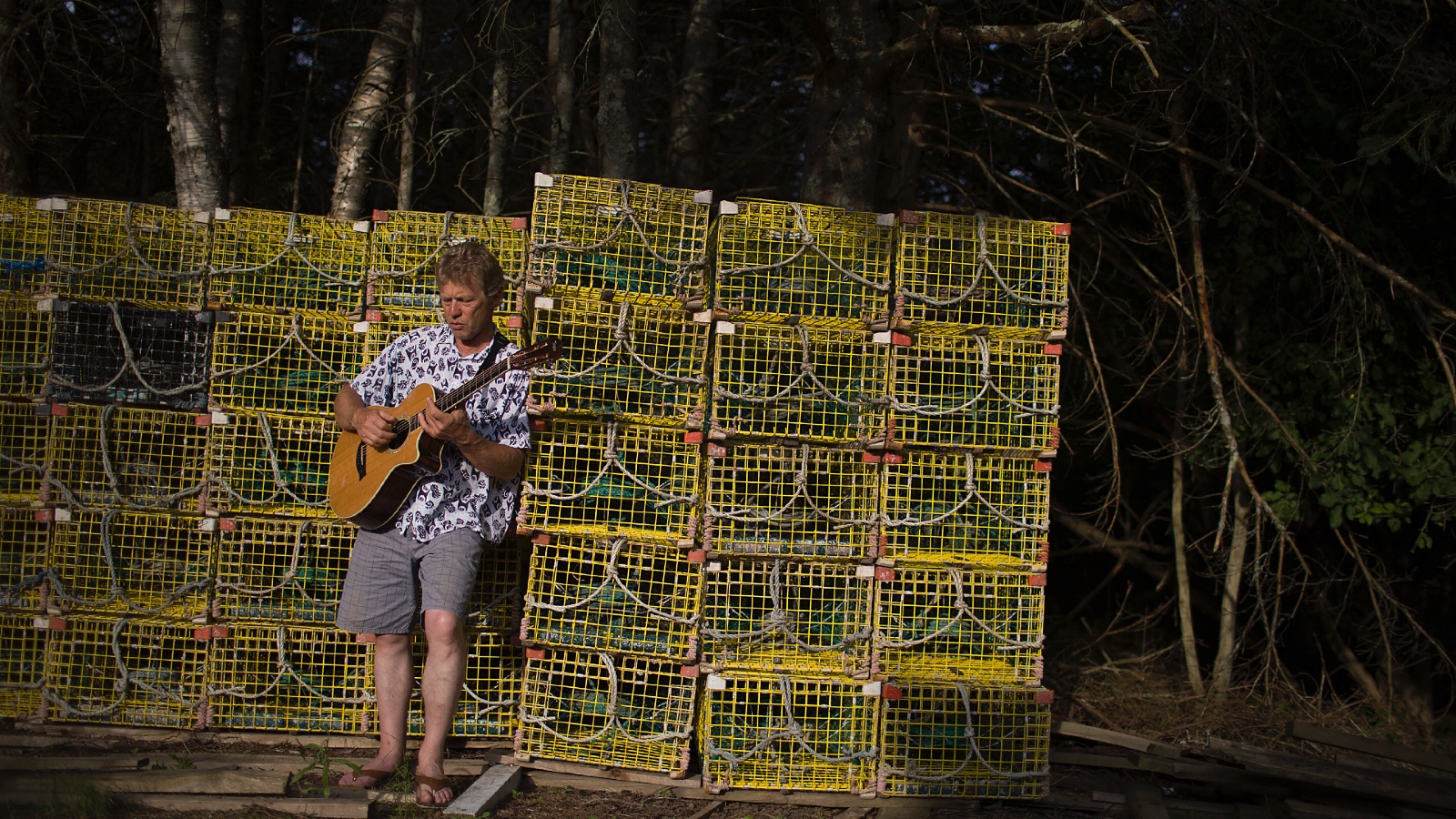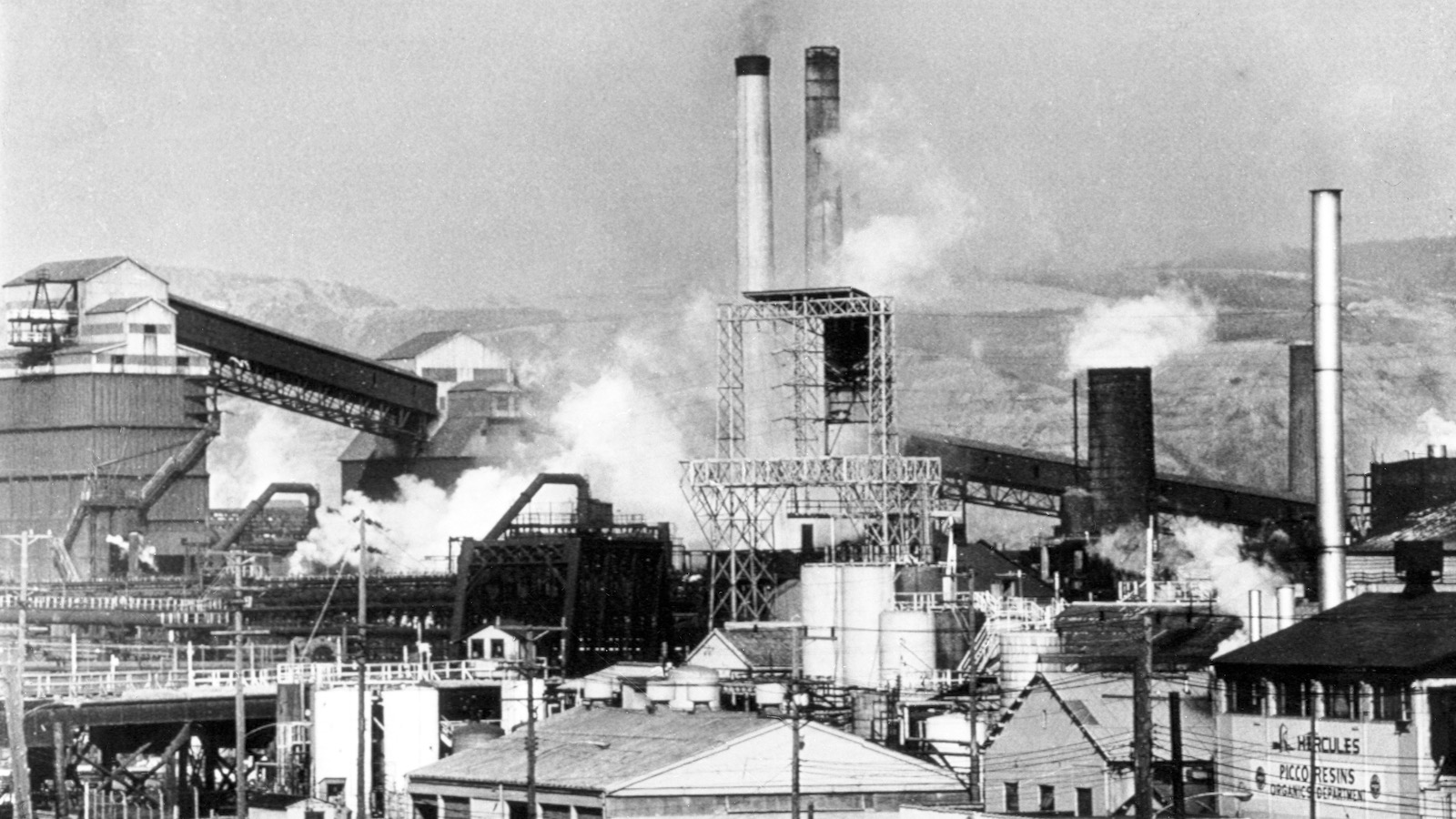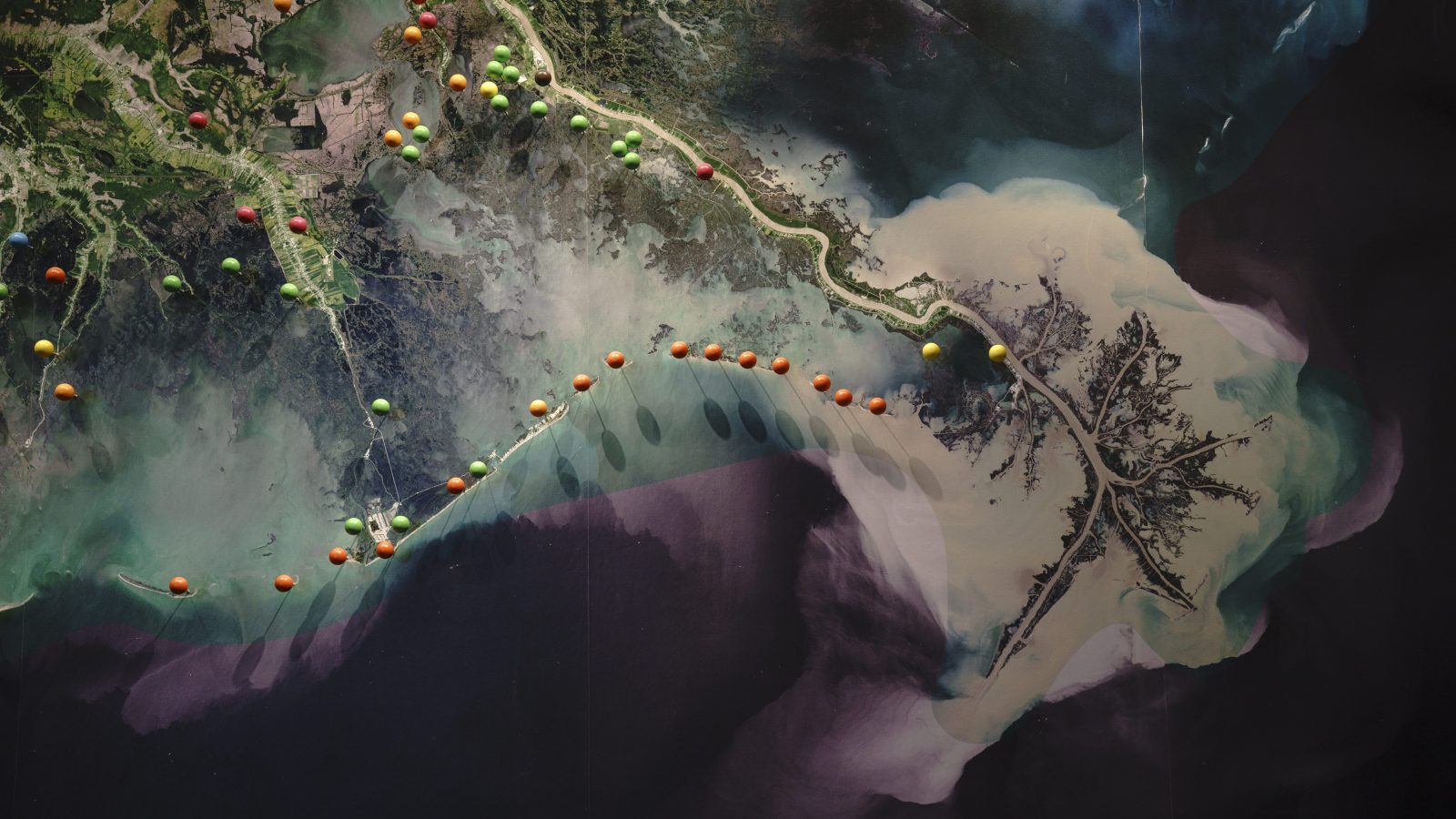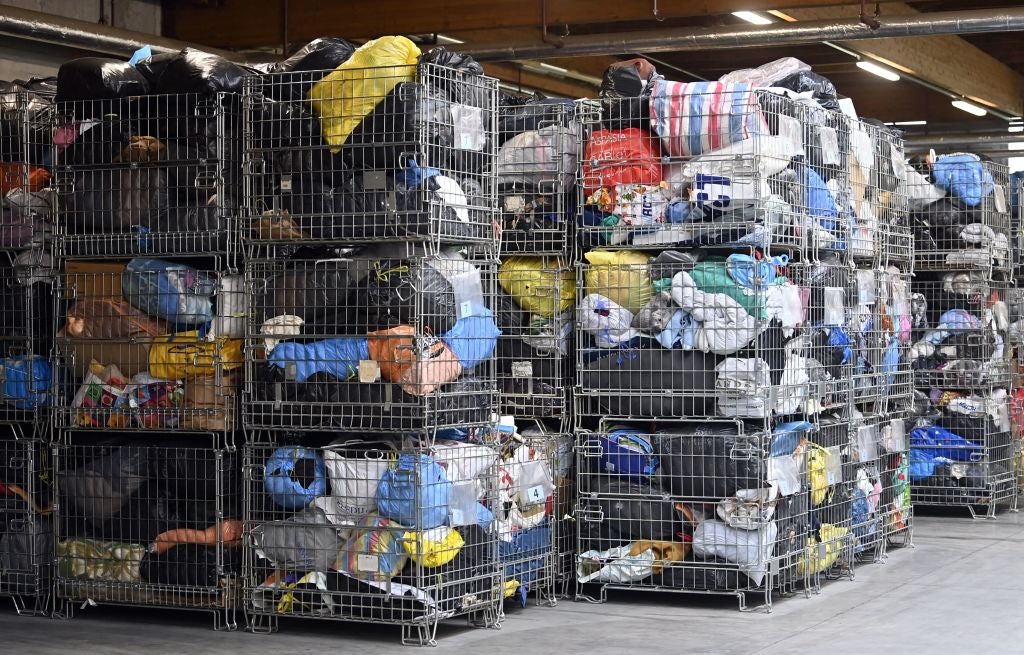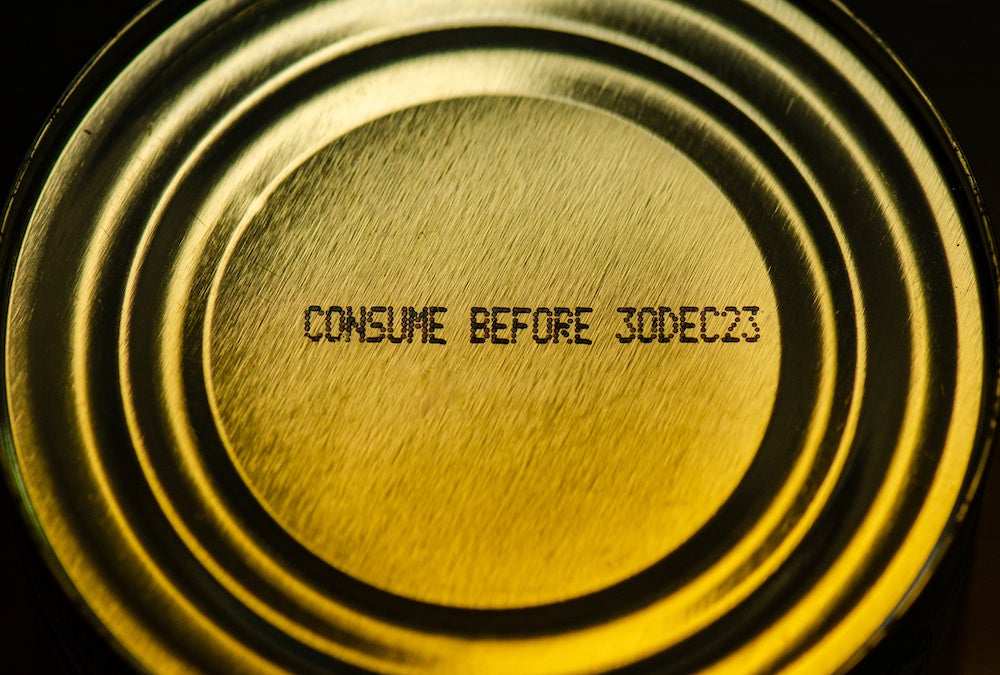
Forgot about that container of yogurt in the back of the fridge? A bag of granola lost in the pantry? A glance at the expiration date might tell you that it’s time to toss it, but in fact, “expired” food might still be perfectly safe and enjoyable to eat.
Heeding expiration dates often causes us to throw away food that’s still completely edible, contributing to our massive food waste problem in the U.S. With grocery prices soaring — rising nearly 8% between April 2022 and April 2023 — these wasted products are just money down the drain. Stamps of “sell by,” “enjoy by,” “best by,” “best if used by,” “use by,” and “best before” don’t all necessarily mean the same thing, and don’t communicate anything about the actual safety of the food after the printed date. In the absence of a national standard for food dating, these phrases have long confused and misguided our sense of when a product is edible.
How Did Expiration Dates Come to Be?
Sell-by dates on food products were first introduced by the store Marks & Spencer’s in the 1950s, but they didn’t really gain much public attention until the 1970s. By then, most Americans were shopping at grocery stores for the majority of their food — rather than growing it themselves or purchasing it directly from farms — as well as consuming more processed and packaged products, ultimately leading to greater concern about the freshness of ingredients.
At that time, sell-by information was printed on products as a code that retailers could then decipher using a key, but it wasn’t made readily available to consumers. When customers began demanding more transparency about their purchases (some activists even began decoding the labels and passing out booklets explaining how to read the codes), manufacturers responded by dating their products more clearly with sell-by dates. While the vast majority of surveyed shoppers reported their approval of such dating, the then-Congressional Office of Technology Assessment stated that there was “little or no benefit derived from open dating in terms of improved microbiological safety.” Yet, a very similar system of dating food products is still widespread in the United States today.

What Does an Expiration Date Actually Mean?
There is no universal, federal standard for what these dates mean, leaving it up to states to make their own rules and regulations based on a hodge-podge of information, recommendations, and industry discretion. Some states don’t require labeling at all, and standards vary widely. In Montana, for example, milk can be sold for only 12 days after it’s pasteurized, but cross the border into Idaho, and it can be sold for more than 20 days. While companies aren’t required to put dates on products (except for baby formula), they cannot print false or misleading information — but they also don’t need FDA approval for any dates they do print.
Ultimately, expiration dates have much more to do with quality than safety. However, a 2019 study found that 84% Americans throw out food at least occasionally because it’s nearing/past the date on the package. Andy Harig of FMI (a food industry association) told CNN in an interview that the printed date is mostly about protecting the brand, an estimate of when the food will taste best so that customers will enjoy it and continue to purchase it. The date is not an exact science, but a prediction of when an item will be of highest quality in terms of taste, appearance, and texture. While it might provide consumers comfort as a point of reference, it isn’t really telling us what we need to know. Not only could the food still be safe, but if not stored properly it might be bad far before the date. “Use by” dates will often be a conservative estimate, too, since producers anticipate that consumers likely won’t store the product perfectly.
The Problem of Food Waste
According to the USDA, 30-40% of the United States’ food supply is wasted every year, and the average household spends a whopping $1,866 a year on food that ends up being thrown away. Food waste is not only an issue of wasted money, but of growing greenhouse gas emissions, landfill space, and widespread food insecurity.
Of all food that’s wasted in the home, The FDA estimates that about 20% stems from uncertainty about the meanings of labels on packaged foods. In other words,one-fifth of a household’s food is usually thrown out due to expiration dates, even when some of that food might still be perfectly safe to eat.
Luckily, there has been some legislative momentum to create better standards for these expiration dates. The Food Date Labeling Act of 2021 aims to require food manufacturers to label products with “use by” and “best by” alongside dates to specifically communicate safety and quality, respectively. But even if this act is signed into law, the government would also need to make a more concerted effort to communicate what these labels mean to consumers.
How Can You Tell Whether Something That’s Past Its Expiration Date Is Safe to Eat?
On the FoodKeeper app developed by the USDA’s Food Safety and Inspection Service, users can look up how long certain foods last by different storage methods. Our bodies are also pretty good at detecting decay. If you’re not sure whether a food item is safe to eat, rely on your senses. Most products will have a clear change in smell, appearance, and taste if they’ve turned. Pay special attention to any changes in color, texture, or consistency.

There are a few general rules of thumb for how long certain items last, regardless of what the package says:
- Some things basically never go bad, including sugary products like corn syrup, molasses, honey, and plain sugar; vanilla and other extracts; salt; and vinegar.
- Grains vary in terms of their shelf life. Generally, white grains last longer than unrefined brown ones, which have a higher fat content. White flour lasts basically forever, but whole grain will go bad after a few months. White and brown rice act similarly.
- Dried beans last for several years, but will become harder and thus more difficult to soften through cooking over time (although they’re still perfectly safe to eat).
- Oils last a long time too if they are kept in sealed containers, but do a sniff test first. If it’s turned, it’ll smell metallic or fishy, and will feel more glue-like. Similarly, dressings made of vinegar or oil (unless they include dairy or other additives) last for up to a year when refrigerated.
- Canned and jarred foods last for years — even decades, in some cases. Plastic, however, is often gas-permeable and won’t last as long. When opened up, there should be no rotten smell, cloudiness, or mold. On jars, the little button on the top should be rigid when pressed. If it’s popped, bacteria has likely grown inside the jar.
- Milk is one of the most wasted foods in the world, but because so many germs are killed during the pasteurization process, it’s often completely safe to drink after the expiration date — just do a quick inspection of its odor and appearance before tasting.
- Eggs typically last three to five weeks or longer. A typical egg test (other than smelling something rotten when you crack it open) can be performed by carefully placing it in a bowl of water. If the egg floats to the surface rather than falling to the bottom, it’s likely gone bad.
Infant formula products are the exception to this haphazard expiration-dating, and are regulated by the FDA. To determine the “use-by” date, manufacturers determine when the product will no longer have the minimum amount of each indicated nutrient. Labels on products that are considered “foods that pregnant women should avoid” should also be heeded. These include things like raw fish, deli meats, unpasteurized dairy products, and sprouted vegetables because of their ability to carry listeria, an invisible and dangerous bacteria. These products are often served cold, so they don’t go through the heating process (the “kill step”) that kills bacteria before being consumed.
It’s important to remember that food will already have been contaminated with germs like E. coli or salmonella before it’s brought home, but proper storage can inhibit the growth of these pathogens and generally keep food fresher for longer. Keeping the refrigerator at 40 degrees Fahrenheit or cooler can inhibit the growth of E. coli, or heating the food to 140 degrees Fahrenheit or hotter.
The post Is It Really Expired? The Truth About Food ‘Expiration’ Dates appeared first on EcoWatch.


